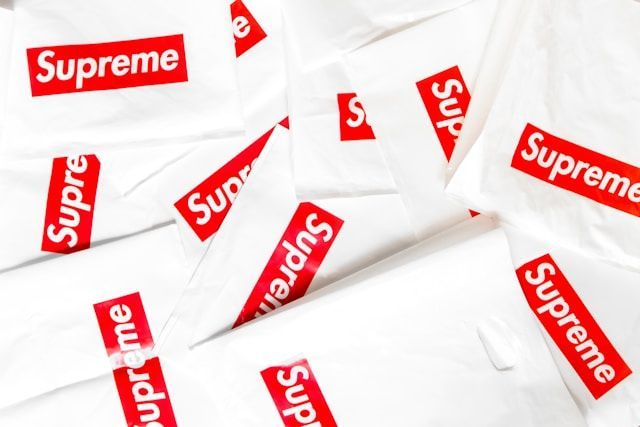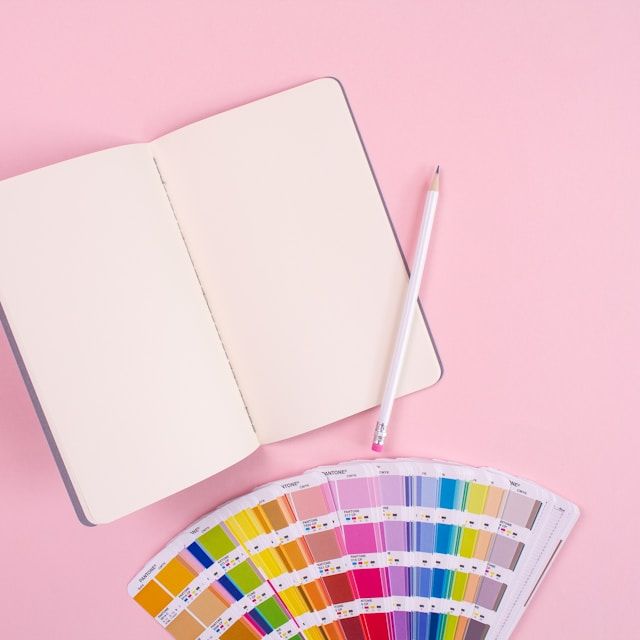Building a Brand Identity
Building a brand identity is a crucial step for any business or organization. It’s more than just a logo or a catchy slogan. A brand identity is the personality and voice of your brand, shaped by the values, messaging, and visuals you use to communicate with your audience. When done right, a strong brand identity helps differentiate your business from competitors and fosters loyalty with customers. Let’s explore the steps involved in creating a compelling brand identity.



Understanding Brand Identity
Brand identity refers to the visible elements of a brand, such as its logo, colours, typography, and design style, as well as its voice and tone in communications. These elements work together to create a cohesive image that represents the company’s mission and values.
A well-defined brand identity helps convey a clear message to your audience, builds trust, and ensures consistency across all platforms. Whether it’s a website, a business card, or a social media post see online casino , the brand’s identity should be instantly recognizable.

Defining Your Brand’s Mission and Values
The foundation of any brand identity starts with understanding your mission and values. Ask yourself, what does your brand stand for? What makes your business unique? The answers to these questions help form the core of your identity.
Your mission statement should clearly outline your brand’s purpose and what you aim to achieve. For example, is your brand focused on providing sustainable products? Or perhaps you’re all about delivering innovative technology solutions. Your values will shape the way you interact with your audience and the decisions you make as a company.
Clearly defining your mission and values will not only your brand’s visual identity but also your tone of voice and messaging.

Researching Your Audience
To build a strong brand identity, you need to know who your target audience is. This involves researching demographics, preferences, and behaviours. Understanding your audience helps you craft a brand identity that resonates with them.
For example, if your audience is younger and tech-savvy, your brand identity might focus on modern design trends and informal language. On the other hand, if your audience is older and more traditional, you might choose a more classic design and formal tone.
Conducting surveys, analyzing market trends, and studying your competitors are all ways to gain insights into your audience. The more you understand them, the better you can tailor your brand identity to meet their needs and expectations.
Crafting Your Brand Voice
Your brand voice is how you communicate with your audience. It includes the tone, style, and language you use in your messaging. A brand’s voice should reflect its values and resonate with its audience.
For instance, a fun and playful brand might use a casual tone with light-hearted humour. In contrast, a professional services company might opt for a formal, authoritative tone. Your brand’s voice should be consistent across all platforms—whether you’re writing a blog post, responding to customers on social media, or creating ad campaigns.
Crafting a consistent brand voice helps build trust and recognition. Customers will begin to associate certain language and style choices with your brand, making it more memorable.

Designing Your Visual Identity
The visual aspects of your brand are just as important as your messaging. A strong visual identity makes your brand recognizable and helps differentiate it from competitors. The key elements of a visual identity include:

Logo
A logo is the face of your brand. It should be simple, memorable, and reflective of your brand’s mission. Whether it’s a symbol, wordmark, or combination mark, a logo serves as the primary visual representation of your brand.
When designing a logo, consider its versatility. It should look great onall platforms—whether on a website, social media, or printed materials. A scalable logo ensures that your brand remains recognizable, regardless of size or format.
Color Palette
Colours evoke emotions and play a significant role in how people perceive your brand. Choosing the right colour palette can influence customer behaviour and create associations with your brand.
For instance, blue is often associated with trust and professionalism, while green is linked to sustainability and health. A carefully selected colour palette ensures that your brand’s visuals align with your mission and values.
Stick to a primary colour scheme with two or three core colours and a few complementary shades. This consistency helps create a cohesive brand image across all materials.
Typography
Typography is another crucial element of your brand’s visual identity. It includes the fonts you use in your logo, website, and marketing materials. Just like colours, fonts convey a specific tone.
For example, serif fonts like Times New Roman give a traditional, formal feel, while sans-serif fonts like Arial are modern and clean. Your choice of typography should align with the overall personality of your brand.
Imagery and Graphics
In addition to logos and typography, imagery and graphics are important components of your brand identity. Whether it’s the photos you use on social media or the illustrations in your marketing materials, they should all reflect your brand’s values and appeal to your target audience.
Consistent use of imagery helps build a recognizable and cohesive brand. Avoid using random or unrelated images, as this can dilute your brand identity.
Consistency Across Platforms
A strong brand identity is consistent across all platforms. Whether you’re posting on Instagram, sending an email, or printing brochures, your brand’s message, tone, and visuals should always be uniform. Inconsistency can confuse customers and weaken the impact of your brand.
Create brand guidelines that outline how your logo, colours, fonts, and voice should be used. These guidelines serve as a reference for anyone working on your brand’s materials, ensuring consistency no matter where your brand appears.
Adapting Your Brand Over Time
While consistency is essential, it’s also important to stay flexible. As your business grows and the market evolves, your brand identity may need to adapt. This doesn’t mean abandoning your core values, but rather evolving to stay relevant.
Periodic brand audits can help you assess whether your current identity is still effective. If needed, a brand refresh—such as updating the logo, tweaking the colour palette, or refining the messaging—can help keep your brand aligned with your goals.


Such excellent care and treatment. Especially from the orthodontic staff. Would never go anywhere else for my teeth.
Martina C.


Everyone at the clinic was so kind and compassionate. I really appreciate the fact that they took the time to answer my questions, never losing their patience.
Dean B.



